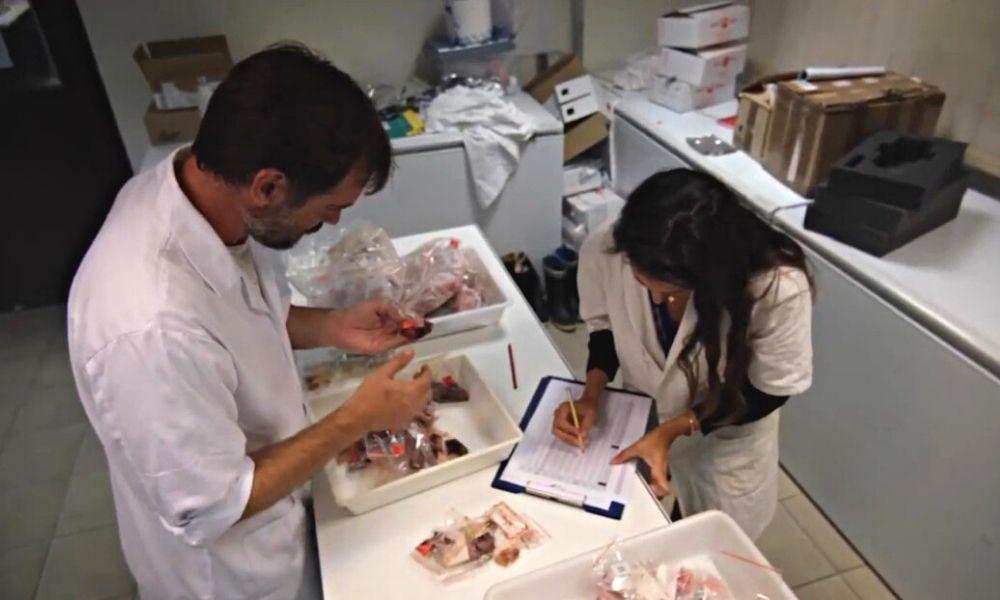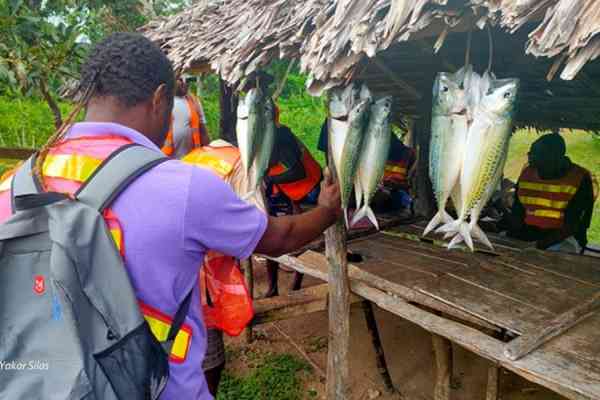For some of us, fishing is a bit like playing bingo: you need to be lucky, but unlike bingo, with experience and scientific knowledge you can increase your chances of winning the fishing competition or putting the catch of the day on the menu. The ongoing analysis of more than 16,000 tuna stomachs tells us more about their feeding behaviour. Looking at their fullness state under various fishing methods, we observed they had empty stomachs when caught at drifting fish aggregating devices, and fuller stomachs in free schools.
Tropical tuna ecology
Over the past 20 years, the Pacific Marine Specimen Bank has been gathering biological samples of muscles, stomachs, liver, blood, and other parts of fish caught in the Pacific Islands region and collected by fisheries observer programmes (Portal et al. 2020). Coordinated by the Fisheries, Aquaculture and Marine Ecosystems Division of the Pacific Community, we have sampled 16,396 stomachs of skipjack (Katsuwonus pelamis), yellowfin tuna (Thunnus albacares), and bigeye tuna (T. obesus) – three of the main tuna species targeted and caught in the western and central Pacific Ocean. Among these stomachs, which continue to rise in number, 8089 have been examined at the Pacific Community’s fisheries laboratory in New Caledonia.
Find out more and read the full publication from the Fisheries Newsletter:

